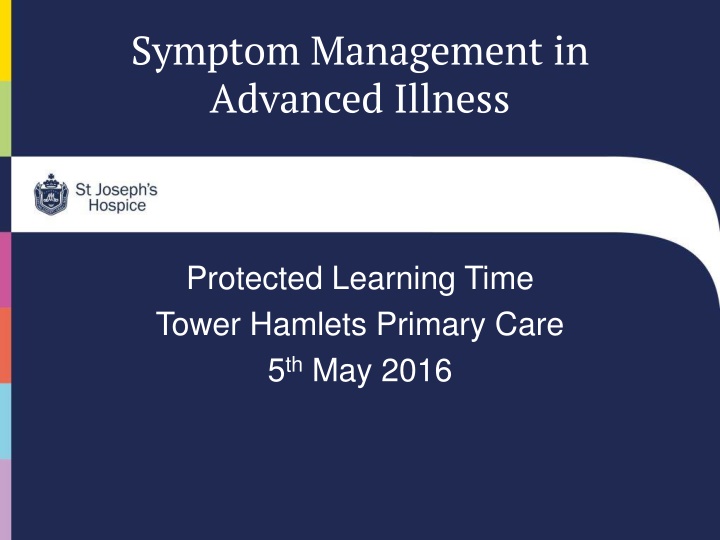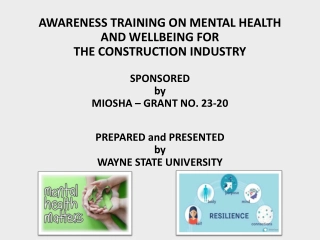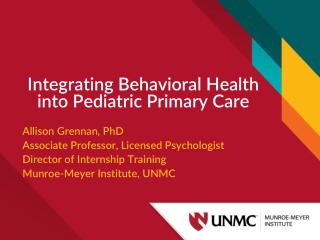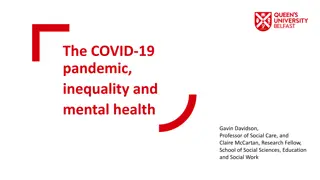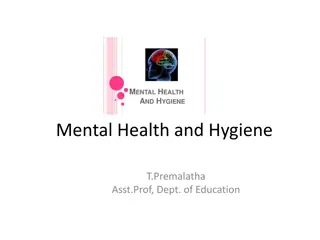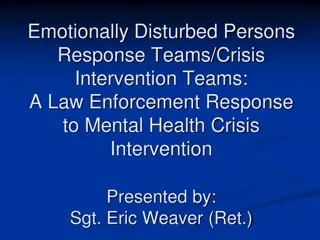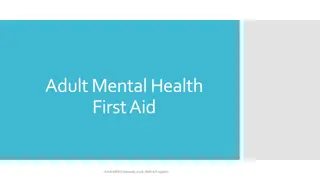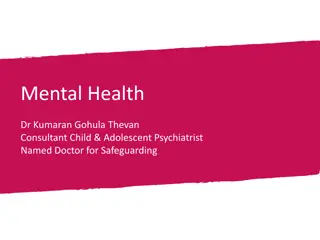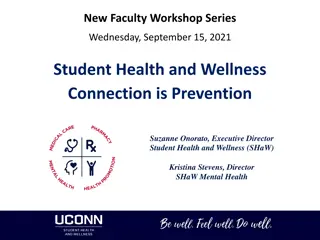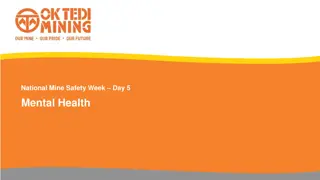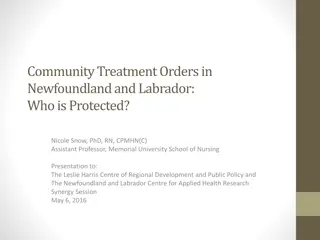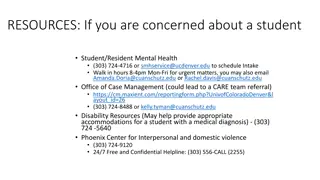First Year Teachers' Mental Health Guide
This primer provides valuable insights into understanding and managing various mental health challenges commonly faced by first-year teachers. It covers topics such as behavior management, identifying and addressing different disorders, and creating an effective classroom structure. The information presented aims to help teachers support their own well-being and that of their students.
Download Presentation

Please find below an Image/Link to download the presentation.
The content on the website is provided AS IS for your information and personal use only. It may not be sold, licensed, or shared on other websites without obtaining consent from the author.If you encounter any issues during the download, it is possible that the publisher has removed the file from their server.
You are allowed to download the files provided on this website for personal or commercial use, subject to the condition that they are used lawfully. All files are the property of their respective owners.
The content on the website is provided AS IS for your information and personal use only. It may not be sold, licensed, or shared on other websites without obtaining consent from the author.
E N D
Presentation Transcript
Symptom Management in Advanced Illness Protected Learning Time Tower Hamlets Primary Care 5thMay 2016
Symptom Assessment Patients with advanced disease tend to have multiple symptoms Open-ended Q rather than listing off symptoms Be aware of Popular symptoms (i.e. those we always think to ask about, e.g. pain) versus orphan symptoms (e.g. dry mouth)
Symptom Management Understand pathogenesis / underlying cause Reverse the reversible Palliate the irreversible
Opioid analgesics By the mouth By the clock (sustained release BD and immediate release PRN) By the ladder
Which opioid? Morphine as first line (e.g. MST 5mg BD) ??Oxycodone in predominantly neuropathic pain Fentanyl / Buprenorphine in renal failure Transdermal patch if stable pain / compliance issues (e.g. Butrans 5mcg / h or Fentanyl 6mcg / h)
PRN Opioids 1/6 of total daily dose PO and Subcut (not IM) options PO:SC = 2:1
Opioid adverse effects Constipation (prophylactic laxatives) Nausea / vomiting (PRN anti-emetic, usually self-limiting) Sedation (usually self-limiting)
Opioid toxicity Drowsiness, confusion, visual hallucinations, myoclonus Respiratory depression rare If pain controlled, dose If pain uncontrolled, rotate opioids NB: Slow titration (20-30% of current dose)
Neuropathic pain Opioid and Anticonvulsant (e.g. Pregabalin 25mg BD) and Tricyclic antidepressant (e.g. Amitryptilline 10-25mg PO nocte)
Dyspnoea Pharmacological (opioid, Benzo +/- Oxygen) Non- pharmacological (hand-held fan, positioning, breathing technique)
Nausea / Vomiting CTZ Cortical Anticipation All transmitters Vagal acetylcholine GI Tract Serotonin -- vagal Other CNS ACH - peristalsis Vestibular ACH, histamine ? Dopamine ICP
Respiratory Secretions If cough reflex present, aid expectoration (nebs, mucolytics) If cough weak or absent, anti-secretory agents Glycopyrolate 0.4mg SC PRN Buscopan 20mg SC PRN Hyoscine Hydrobromide 0.6mg SC PRN
Agitation/Restlessness What to do? Potentially reversible causes 1. Urinary Retention 2. Pain 3. Anxiety and fear 4. Constipation 5. Nausea 6. Sepsis 7. Drug toxicity e.g. opioid
Terminal Restlessness/Agitation 1. Reversible conditions excluded 2. Failing to respond to treatment e.g. antibiotics Plan: Treat distress Physical/ emotional/ Spiritual Some degree of sedation may be warranted Involve patient, family and multidisciplinary team in discussions about management Clear consistent messages Explanation/reassurance
Treatment of Terminal Restlessness Benzodiazepines Midazolam s/c or csci 5-100mg 24 Rectal diazepam Lorazepam s/l Sedating Phenothiazine levomepromazine (nozinan) 6.25-150mg csci 24 Phenobarbitone (last resort do not use without specialist input) Use if refractory to high dose Midaz or Noz Usually start with 300mg CSCI over 24 hours
Continuous Subcataneous Infusion (Syringe Driver) Up to 5 hours before therapeutic effect achieved Indications: Patient too weak to swallow oral drugs Intractable vomiting Severe dysphagia Poor alimentary absorption Advantages: Constant analgesia (no peaks or troughs) Usually reload once / 24 hrs Comfort and confidence (no repeated injections) Permits better control of nausea and vomiting
Remember Understand pathogenesis / underlying cause Reverse the reversible Palliate the irreversible
